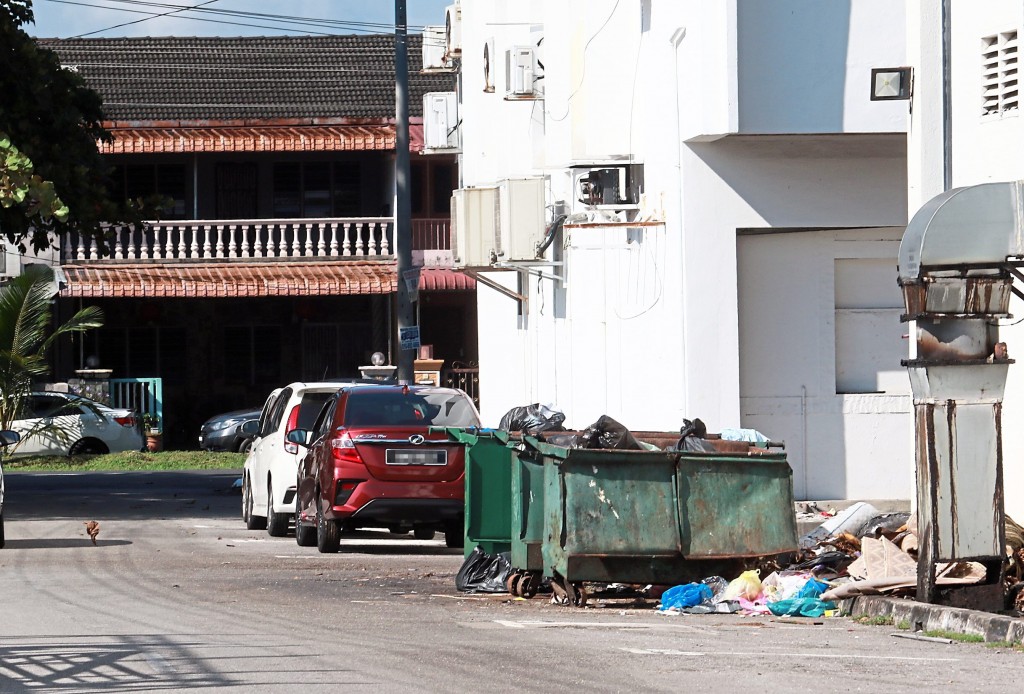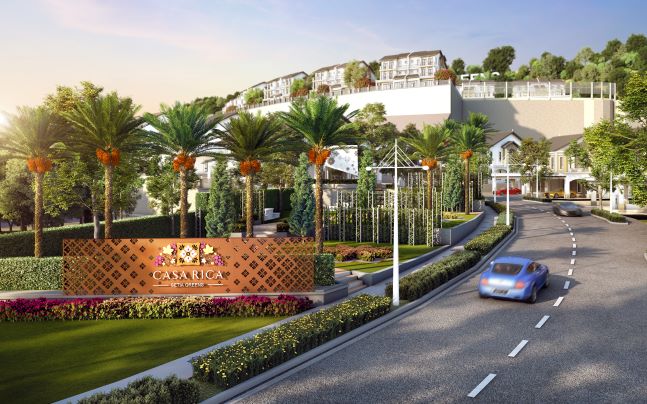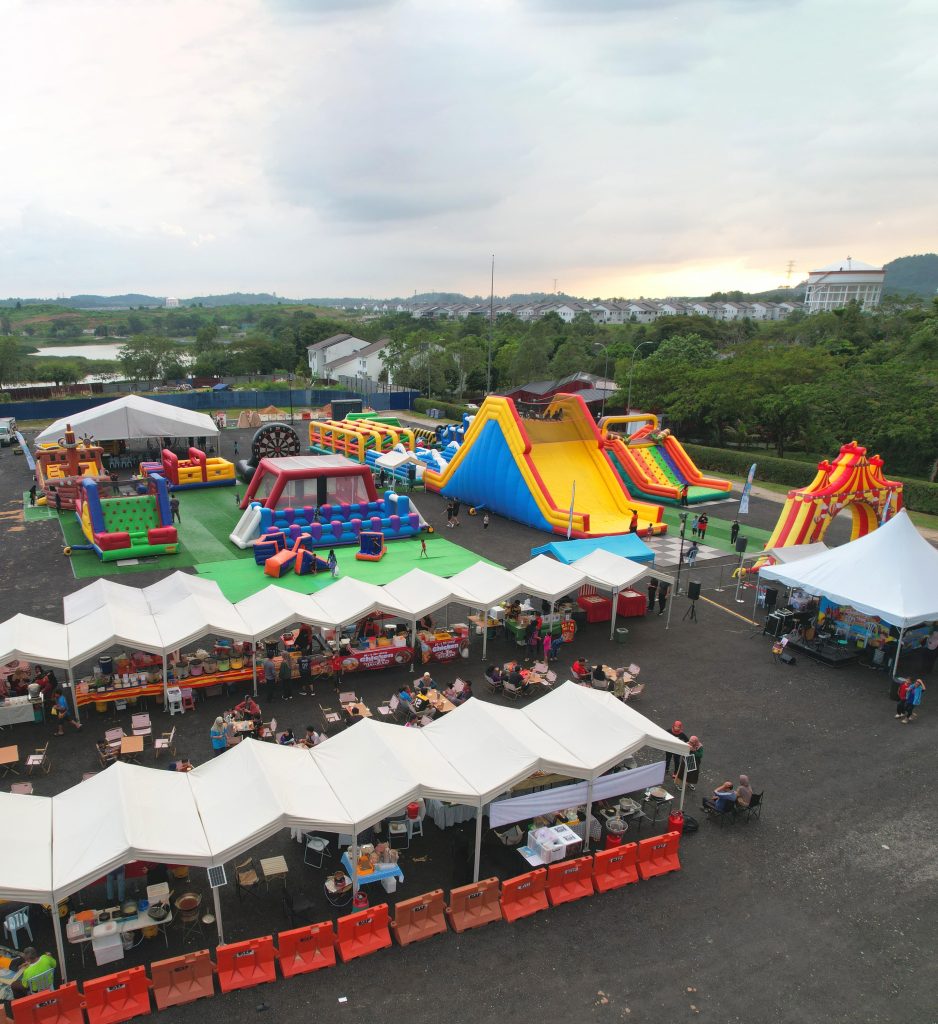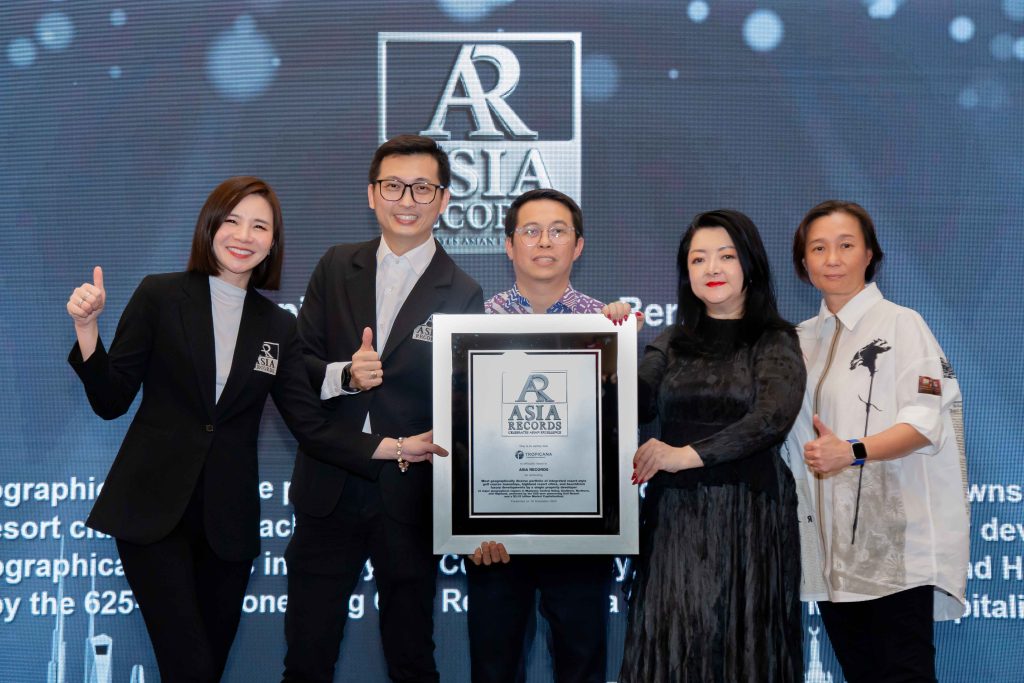Plants soften the hard lines of modern homes and modulate humidity, as well as the quality of air and light, in ways that machines cannot mimic.
There is something wonderful about having plants in the house. If you don’t need more reasons to decorate your home with plants, here are five ways of incorporating greenery into your home.
Vases and Pots
The easiest and most common way to get started with injecting greenery into your décor is to set aside some shelving or table-top space for a glass vase, a pot, or a planter bowl.
Whether your choice of container is driven by the pursuit of a refined or rustic vibe, small containers like vases, pots, and planter bowls provide the minimum amount of space for plants – with the advantage of being relatively easy to manage or move around as needed.
If you only fill a vase with water and clear acrylic beads, you could get away with putting one of nearly any size in the foreground of your space – the see-through arrangement would diffuse lighting and create an enticing measure of mystery by only partially obscuring the space behind it.

Photo by Brina Blum on Unsplash.
A see-through container such as a glass vase provides an elegant stage for cut floral stems in the smallest footprint possible – or you could add weight to your décor with an opaque pot or planter bowl.
Being typically made of fired clay, a pot or planter bowl would have to be of smaller size so as not to seem imposing in tight spaces. This limitation of size would restrict the kinds of plants you can use and where you can place them.

Photo by Jordan Whitt on Unsplash.
These containers are largely temporary and require attentive care – the water in vases need to be changed out once a week or so and your choice of substrate in opaque containers needs to allow for a balance between sufficient drainage and water retention to suit specific plants.
Repurposed Vessels
Combine the versatility of vases or pots with the charm of repurposed containers such as bottles, jars, or even retired cookery.

Photo by Stephanie Harvey on Unsplash.
Anyone could go out and purchase a pot from the nursery or flowers for a vase from the florist – but these arrangements only benefit from a limited amount of creativity and are so common that hardly anyone takes notice of them anymore.
It takes a few more steps, but the result of greenery sprouting out of an old bottle or a piece of broken cookware is more emotionally significant and will draw far more attention than a mere vase or garden-variety pot.
As with vases and standard garden pots, repurposed containers require maintenance and carefully designed substrates for longevity.

Photo by Adolfo Félix on Unsplash.
Containers such as bottles or jars standing in for vases still need to be emptied out and refilled with fresh water – opaque vessels should be filled with alternating layers of rocks and soil to provide both drainage and water retention.
Hydroponic Farms
A sacrifice of space for the serious gardener seeking to maximise harvests rather than decorate the home.
If you’re the kind of person who considers a farm to be more valuable than a decorative pot, a hydroponic farm provides easy access to a higher yield of vegetables and herbs – with a considerably greater sacrifice of space.
Aside from the additional space required, a hydroponic farm requires significantly more resources and care to maintain. Nutrient solutions need to be purchased, or concocted in the kitchen with some know-how, and added in highly controlled measures to the water reservoir at certain stages of growth.
Typical growth mediums and water reservoir pans that come with common hydroponic kits will degrade with time and exposure to the elements, so you may want to swap them out every year or so to keep things looking tidy.
Planter Boxes
If you know what you’re doing and want to increase the yield, keep larger plants, or incorporate greenery into the architecture, planter boxes are the way to go.
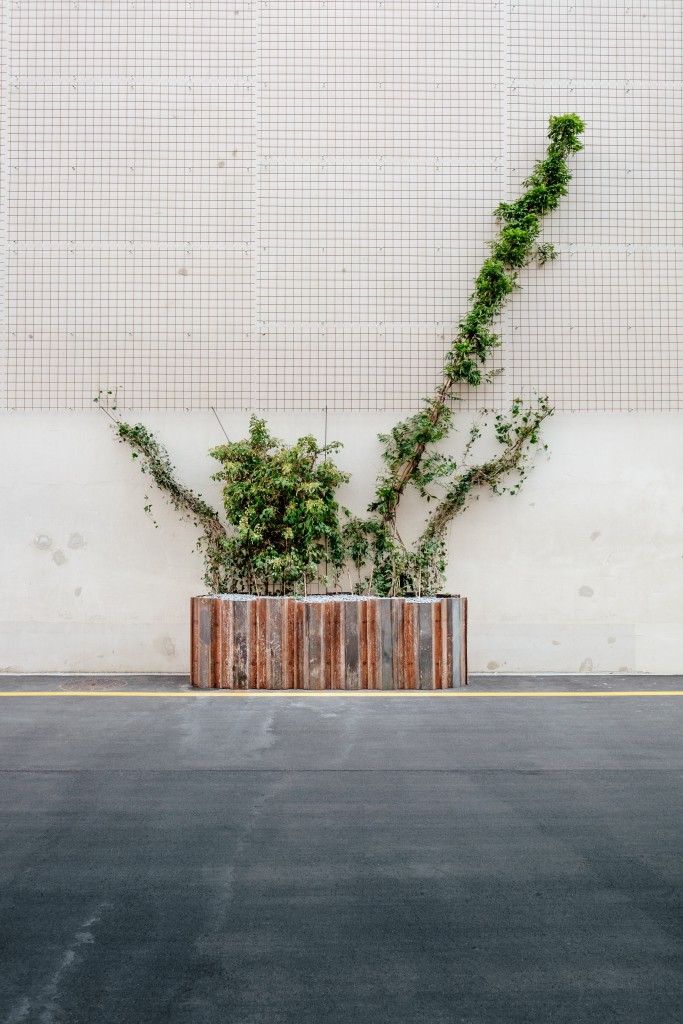
Photo by Samuel Zeller on Unsplash.
If you want larger plants, you’ll need more space for their roots to grow – and with that increased depth of substrate, you’ll also need to consider drainage in the design of the planter box and water retention in the composition of your substrate.
Without adequate drainage, the unsustainability of the ecosystem in your planter box will only begin to show after many months, which makes the inclusion of a drainage mechanism in the initial design critical.
If your composition of substrate doesn’t hold enough water, you’ll need to devote more time to watering, and your plants will dry up relatively quickly – digging a failing substrate out of a planter box is considerably messier and more difficult than emptying out a pot.
With the larger plants, you magnify the beneficial effects of having plants indoors – a visual connection with nature, greater potential for non-rhythmic sensory stimuli, more dynamic and diffused lighting, in addition to greater thermal and airflow variability – but a larger planter box also requires greater consideration in terms of floor space and waterproofing of adjacent areas.
Green Walls
Combine the small footprints of pots with the greater yield and architectural presence of vertical gardens.
Being subject to gravity, vertical gardens require sturdy frames and soilless media such as coco coir, peat moss, perlite, or Pafcal – one of the lightest alternative growing mediums in existence.
Using lighter substrates result in a vertical garden with a simpler and narrower frame – allowing this form of gardening endeavour to be placed on almost any wall in the home.

Photo by Emile-Victor Portenart on Unsplash.
In addition to making for striking feature walls, vertical gardens can also be used to buffer the inside of your home against a wall which receives a lot of sunlight during the day – resulting in lower temperatures on the interior.
Keep up with us on our Facebook page!









